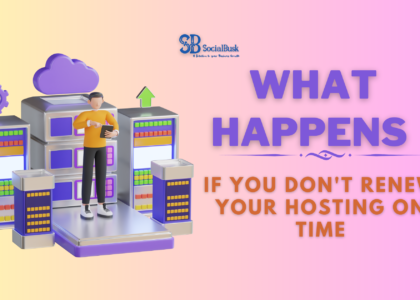In the digital age, your website is often the first point of contact between your business and potential customers. It’s not just a virtual storefront; it’s an opportunity to engage, connect, and convert visitors into loyal clients. To achieve this, one of the most potent tools at your disposal is storytelling.
In this article, we’ll delve into the art of using storytelling in website design to create an immersive and memorable user experience.
The Essence of Storytelling
Storytelling is a fundamental aspect of human communication. It’s how we share experiences, connect with others, and understand the world around us. In the context of web design, storytelling involves weaving a narrative throughout your site to engage visitors emotionally, intellectually, and visually. Here’s how to do it effectively:
1. Know Your Audience
The first step in creating a compelling story for your website is to understand your target audience. Who are they? What are their pain points, desires, and values? By tailoring your narrative to resonate with your audience, you’ll establish a deeper connection and pique their interest.
2. Craft a Brand Story
Every successful website has a story behind it, and this story is often your brand’s narrative. What inspired your business? What challenges have you overcome? By sharing your journey, you humanize your brand and make it more relatable.
3. Visual Storytelling
Images and videos play a crucial role in website storytelling. Use high-quality visuals that align with your brand story. These visuals should be aesthetically pleasing and emotionally evocative, creating a seamless flow from one section of your website to another.
4. Navigation Flow
Think of your website as a book. The navigation should guide users through your story logically. Create a clear and intuitive structure with a compelling beginning (homepage), engaging chapters (landing pages), and a satisfying conclusion (contact or checkout page).
5. Use Compelling Language
Your choice of words matters. The language you use should align with your brand’s tone and persona. It should also evoke emotions, whether it’s excitement, curiosity, or empathy.
6. User-Centric Approach
A good story engages with its audience. Ensure your website allows for user interaction, comments, or feedback. Encourage user-generated content and testimonials to further enrich your brand’s narrative.
The SEO Angle
Now, let’s merge the art of storytelling with the science of SEO. To ensure your beautifully crafted story doesn’t go unnoticed, you need to optimize it for search engines.
1. Keyword Research
Before you start writing, conduct thorough keyword research to identify the terms your target audience is searching for. These keywords should naturally fit into your story and content.
2. Quality Content
Search engines love quality content. Your story should be informative, relevant, and engaging. It should answer the questions your audience might have, offering real value.
3. Meta Tags and Descriptions
Optimize your website’s meta titles and descriptions with relevant keywords to improve click-through rates and visibility on search engine results pages.
4. Mobile Responsiveness
Ensure your website is mobile-friendly. Search engines favor mobile-responsive websites, and a large portion of your audience will be accessing your site via smartphones.
5. Page Speed and Performance
Page speed impacts SEO. A slow website can lead to high bounce rates. Optimize your website for performance to improve user experience and search engine rankings.
User-Friendly Language
It’s essential to communicate your ideas clearly and concisely, using language that’s easy to understand. Avoid jargon and complex terminology. Here are a few tips:
- Break down complex concepts into simple, digestible pieces.
- Use shorter sentences and paragraphs for improved readability.
- Employ a conversational tone to engage readers more effectively.
Conclusion
Storytelling is a potent tool in website design, allowing you to connect with your audience on a deeper level. By understanding your audience, crafting a compelling brand story, using visuals effectively, and optimizing for SEO, you can create a website that not only looks good but also performs exceptionally.
Incorporate storytelling into your web design and watch as your website becomes an engaging and immersive experience that captivates your visitors. Are you ready to give your website the storytelling treatment? Book a call with our experts today to develop a website that tells your unique story.
To get started, visit our website at www.socialbusk.com and schedule a consultation with our web design professionals. Let your website become a captivating storyteller!






